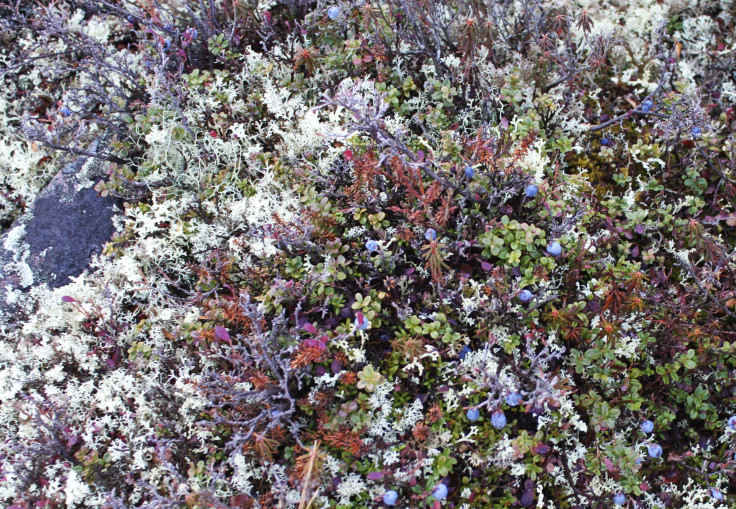World’s one of most-endangered lichens losing out to climate change

A new study has revealed that one of the most-endangered lichens in the world, Boreal felt lichen, may decline 50 percent in 25 years despite conservation efforts. Researchers have called for increased protection as Atlantic Canada’s federally protected Boreal felt lichen is losing out to human-induced climate change.
The Boreal felt lichen, scientific name Erioderma pedicellatum, grows along the Atlantic Coast on trees in damp boreal forests. It is one of the most endangered lichens in the world. Lead author of the study, ecologist Robert P. Cameron at Nova Scotia Environment, and colleagues used population models to determine the survival and future viability of the species.
The study, published in Botany, stated that without improved conservation efforts, the lichens will decline by nearly 50 percent in 25 years. The endangered lichens are perfect bio-indicators that provide insights into the health of the ecosystem.
Cameron pointed out that the Boreal felt lichen is extremely sensitive to human impacts on environment. He believes that despite conservation efforts, continuing human impacts on the environment are causing a decline in their population.
The Boreal felt lichen is critically endangered internationally and their Atlantic population is protected under the federal Species at Risk Act (SARA). They are also listed as “critically endangered” by the International Union for Conservation of Nature (IUCN) and “endangered” by the Committee on the Status of Endangered Wildlife in Canada (COSEWIC).
Experts have attributed a number of reasons for the decline in their populations. Some of them include air pollution in the form of acid fog and acid rain, decline in available habitat with loss of mature forests in the area and also decline in habitat quality because of developments for roads and forestry.
“One of the main reasons for the decline is that little is known about how this species interacts with their environment. A better understanding of the population structure, reproductive rates, and chances of survival through its lifetime is essential in identifying the main causes of the decline and will assist in ongoing conversation efforts,” Cameron said in a statement.
He added that conservation efforts should focus on adult survival. Thus, the areas where they commonly grow must be protected from “forestry and other developments that would alter the moist micro-climate required by this lichen.”
Long-term monitoring of lichens is also high priority as per the experts. Assessing threats that may destroy the species over time such as air pollution, landscape changes and climate change is vital for conservation of the species. Current conservation efforts are not sufficient and more needs to be done before Earth loses this species and numerous other species associated with it.





















